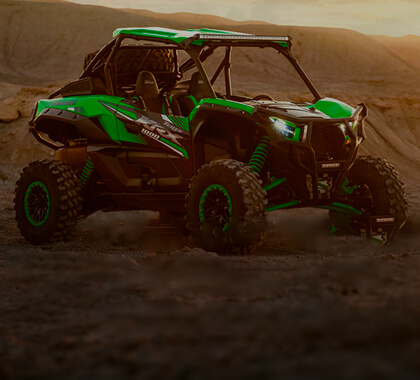Factors To Consider When Shopping For Kawasaki Ridge Wheel Spacers & Adapters
Selecting the right components requires careful consideration of several factors, including the following
Wheel Size and Offset
Consider the wheel size and offset. Ensure your chosen spacers maintain proper clearance between the tires and the fenders to prevent rubbing during turns. The wheel offset refers to the distance between the mounting hub and the centerline of the wheel. Selecting spacers that complement your wheel's offset maintains proper suspension geometry and avoids excessive bearing wear.
Material and Durability
Take note of the materials used in the construction of these wheel spaces. Opt for spacers and adapters constructed from high-strength materials like forged aluminum or hub-centric steel for optimal durability. Choose reputable brands that prioritize rigorous testing and adhere to industry standards to ensure the components can handle the demands of off-road driving. Ensure the components have a protective coating as this safeguards against rust and ensures long-lasting performance.
Brand Reputation
Opt for spacers and adapters from reputable brands offering a warranty. This provides peace of mind and ensures the manufacturer stands behind the product's quality. Research online reviews and testimonials from other Kawasaki Ridge owners to gain insights into real-world experiences and identify any potential issues with specific products.
Compatibility
If your Kawasaki Ridge features a lift kit, ensure the chosen spacers and adapters are compatible with the altered suspension height to maintain proper wheel alignment and prevent drivetrain issues. You should also consider adapter bolt patterns. Ensure the adapter's bolt pattern matches your Kawasaki Ridge's stock pattern. This guarantees proper fitment on your vehicle's hub. Choose an adapter that aligns with the bolt pattern of your new wheels. This allows for seamless installation and compatibility.
Driving style
Consider your typical driving conditions. If you primarily navigate moderate terrain, spacers with a smaller width might suffice. For extreme off-road adventures, wider spacers might be necessary for enhanced stability.





